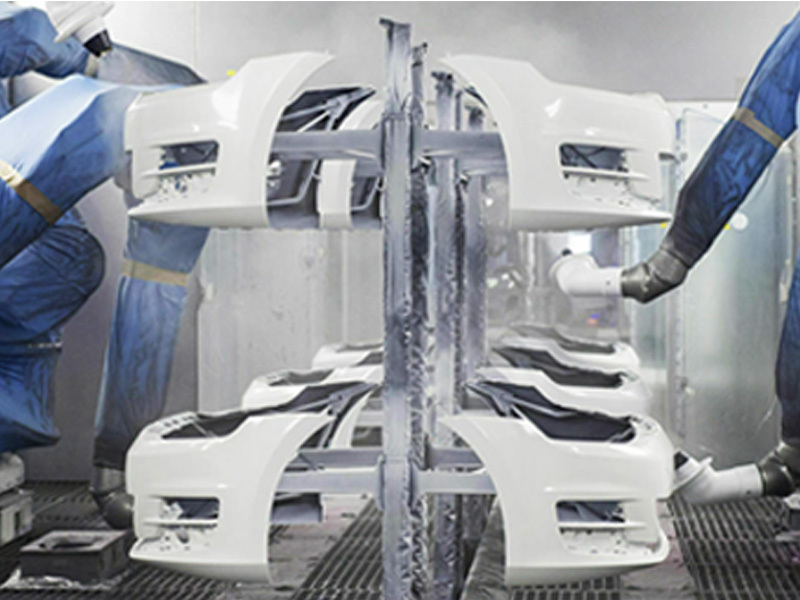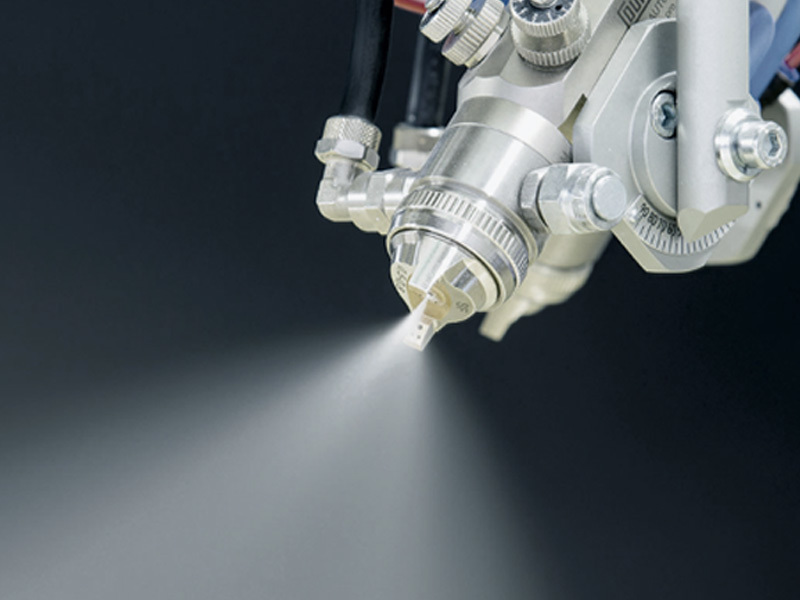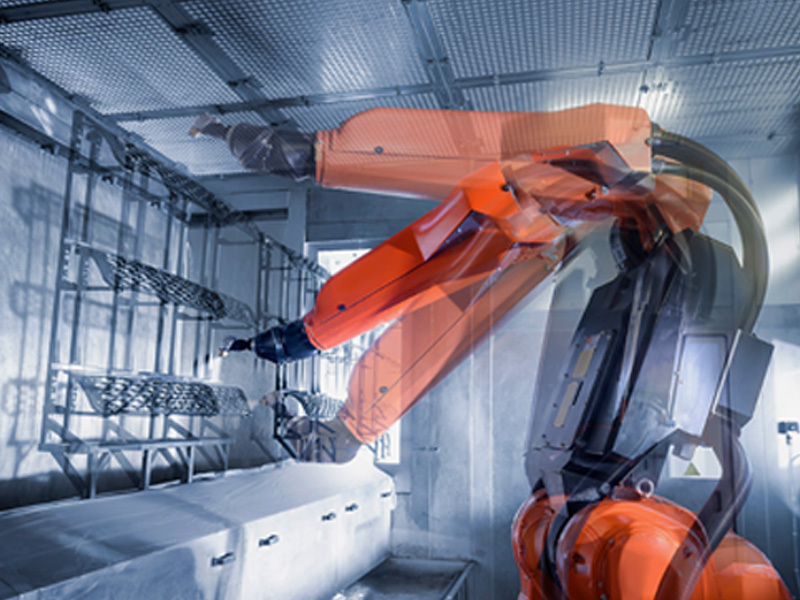Future Trends in Automatic PCB Spraying Technology: Innovations and Insights
Release time:
2025-04-23
Future Trends in Automatic PCB Spraying Technology Table of Contents 1. Introduction to Automatic PCB Spraying Technology 2. The Evolution of PCB Manufacturing Techniques 3. Key Innovations in Automatic PCB Spraying 3.1 Smart Automation and AI Integration 3.2 Eco-Friendly Spraying Solutions 3.3 Enhanced Precision and Quality Control 4. Industry Applications of PCB Spraying Technology 4.1 Consumer

1. Introduction to Automatic PCB Spraying Technology
Automatic pcb spraying machine technology plays a pivotal role in the modern manufacturing landscape. As the need for high-quality printed circuit boards increases, manufacturers are turning to automation to enhance efficiency and precision in their processes. This article delves into the future trends of PCB spraying technology, examining the innovations that are set to transform how these critical components are produced.
2. The Evolution of PCB Manufacturing Techniques
The journey of PCB manufacturing has evolved significantly over the decades. From manual assembly lines to automated production, advancements in technology have led to improved accuracy and reduced lead times. The integration of automatic spraying systems has further enhanced the capabilities of PCB manufacturing, allowing for uniform application of coatings and adhesives. As we look to the future, we anticipate further developments that will streamline processes and increase productivity.
3. Key Innovations in Automatic PCB Spraying
3.1 Smart Automation and AI Integration
The incorporation of **artificial intelligence** (AI) into automatic PCB spraying technology is one of the most promising trends. AI can optimize the spraying process by analyzing real-time data and making adjustments to ensure consistency and quality. For example, AI algorithms can predict when a nozzle may become clogged, allowing for preemptive maintenance and minimizing downtime.
3.2 Eco-Friendly Spraying Solutions
As environmental concerns continue to rise, the PCB industry is seeking sustainable solutions. The development of **eco-friendly coatings** and spraying techniques is gaining traction. These innovations not only reduce harmful emissions but also improve the overall sustainability of manufacturing processes. Techniques such as **water-based sprays** and **solvent-free adhesives** are becoming more prevalent, reflecting the industry's commitment to greener practices.
3.3 Enhanced Precision and Quality Control
Precision is crucial in PCB manufacturing, and advancements in spraying technology are addressing this need. New **nozzle designs** and **spray patterns** are being developed to achieve finer application, reducing waste and ensuring even coverage. Coupled with sophisticated **quality control systems**, these enhancements lead to higher-quality finished products that meet stringent industry standards.
4. Industry Applications of PCB Spraying Technology
4.1 Consumer Electronics
The consumer electronics sector is one of the largest markets for PCB spraying technology. With the rapid pace of innovation, manufacturers are under pressure to produce high-quality PCBs at lower costs. Automatic spraying technology allows for faster production cycles and improved product reliability, making it an essential component of modern electronics manufacturing.
4.2 Automotive Sector
The automotive industry is increasingly incorporating advanced electronics into vehicles, necessitating reliable and efficient PCB manufacturing processes. Automatic PCB spraying technology ensures that circuit boards used in automotive applications are coated uniformly, providing durability and performance. This trend is particularly relevant as the industry moves toward **electric vehicles** and **autonomous driving systems**, which require more complex PCB designs.
4.3 Medical Devices
The medical device sector demands the highest standards of quality and precision. Automatic PCB spraying technology delivers consistent results, essential for critical applications such as diagnostic equipment and surgical instruments. As the demand for innovative medical solutions grows, so too does the reliance on advanced PCB manufacturing techniques.
5. Challenges and Solutions in PCB Spraying Technology
5.1 Material Compatibility Issues
One of the significant challenges in PCB spraying technology is ensuring compatibility between various materials. Different substrates and coatings may react poorly, leading to defects in the final product. To address this, manufacturers are investing in **research and development** to create sprays that are specifically designed for a range of materials, ensuring optimal performance and adhesion.
5.2 Equipment Maintenance and Downtime
While automation enhances efficiency, it also requires regular maintenance to function optimally. Downtime due to equipment failure can be costly. Implementing a predictive maintenance schedule, combined with advanced diagnostics, can help manufacturers minimize operational interruptions and extend the lifespan of their spraying equipment.
6. Future Outlook: What's Next for PCB Spraying Technology?
Looking ahead, the future of automatic PCB spraying technology appears promising. Innovations in **robotics** and **machine learning** are expected to further enhance the efficiency and accuracy of PCB manufacturing. As technologies continue to improve, the industry will likely see a shift towards fully integrated production lines that utilize IoT (Internet of Things) solutions for seamless operation and monitoring.
Furthermore, the ongoing evolution of materials science will lead to the development of even more advanced coatings that cater to specific applications, including enhanced thermal and electrical performance. With these advancements, manufacturers can expect increased productivity, reduced waste, and enhanced product quality.
As we navigate the ever-evolving landscape of manufacturing, the future of **automatic PCB spraying technology** is bright. With innovations in automation, eco-friendly practices, and precision engineering, manufacturers can expect significant improvements in productivity and product quality. By staying informed on these trends, businesses can position themselves at the forefront of the PCB production industry, ready to meet the challenges and opportunities that lie ahead. Embracing these advancements will not only optimize operations but also pave the way for a more sustainable and efficient future in electronics manufacturing.











